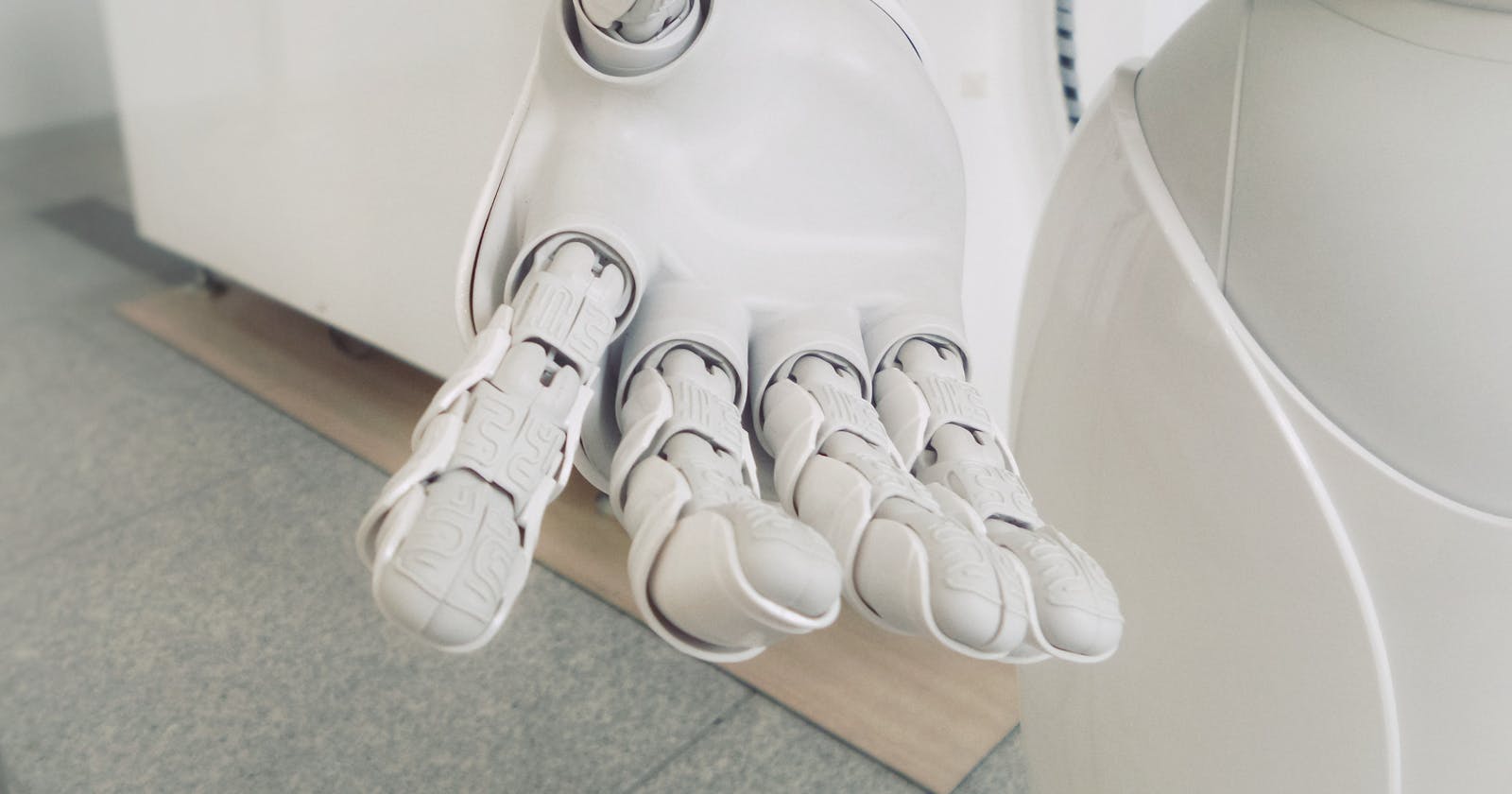Table of contents
Machine learning is an exciting concept that has been gaining traction in recent years. It has the potential to revolutionize many aspects of our lives, from medical treatments to transportation to entertainment. But what is machine learning, and how does it work? In this article, we’ll explore the basics of machine learning and how it can be used to improve our lives.
At its most basic level, machine learning is a type of artificial intelligence that enables computers to learn from data without relying on explicitly programmed instructions. It involves feeding a computer a large set of data and then allowing it to “learn” from that data. The computer is able to recognize patterns, trends, and relationships within the data, and can then use those patterns to make predictions about future data.
The applications of machine learning are virtually limitless.
In healthcare, for example, machine learning can be used to recognize patterns in medical data that can help doctors diagnose diseases or predict potential health complications. In transportation, machine learning can be used to optimize traffic patterns by analyzing data from sensors and cameras. In entertainment, machine learning can be used to create personalized recommendations and improve user experiences.
There are two major types of machine learning: supervised learning and unsupervised learning. Supervised learning involves training the computer to recognize a set of data, such as images or sounds, by providing it with labeled examples. Unsupervised learning, on the other hand, involves allowing the computer to learn patterns on its own, without any labels.
The process of machine learning involves several steps. First, the data must be collected and pre-processed. This involves cleaning up the data, removing outliers, and transforming it into a format that the computer can understand. Next, the data must be split into training and testing sets in order to validate the accuracy of the machine learning algorithm. Finally, the algorithm must be developed and tuned to improve its performance.
While machine learning has a wide range of potential applications, it also comes with certain risks and limitations. For example, machine learning algorithms can be biased if the data set is incomplete or inaccurately labeled. Additionally, the algorithm may not be able to recognize new or unexpected patterns, or may simply provide incorrect predictions.
In conclusion, machine learning is a powerful tool that has the potential to revolutionize many aspects of our lives. However, it is important to be aware of the risks and limitations associated with this technology. With proper understanding and use, machine learning can be a powerful tool for improving the quality of our lives.

